
09.03.2019
By Dorothée Dupuis & Diego del Valle Ríos, Mexico City, Mexico
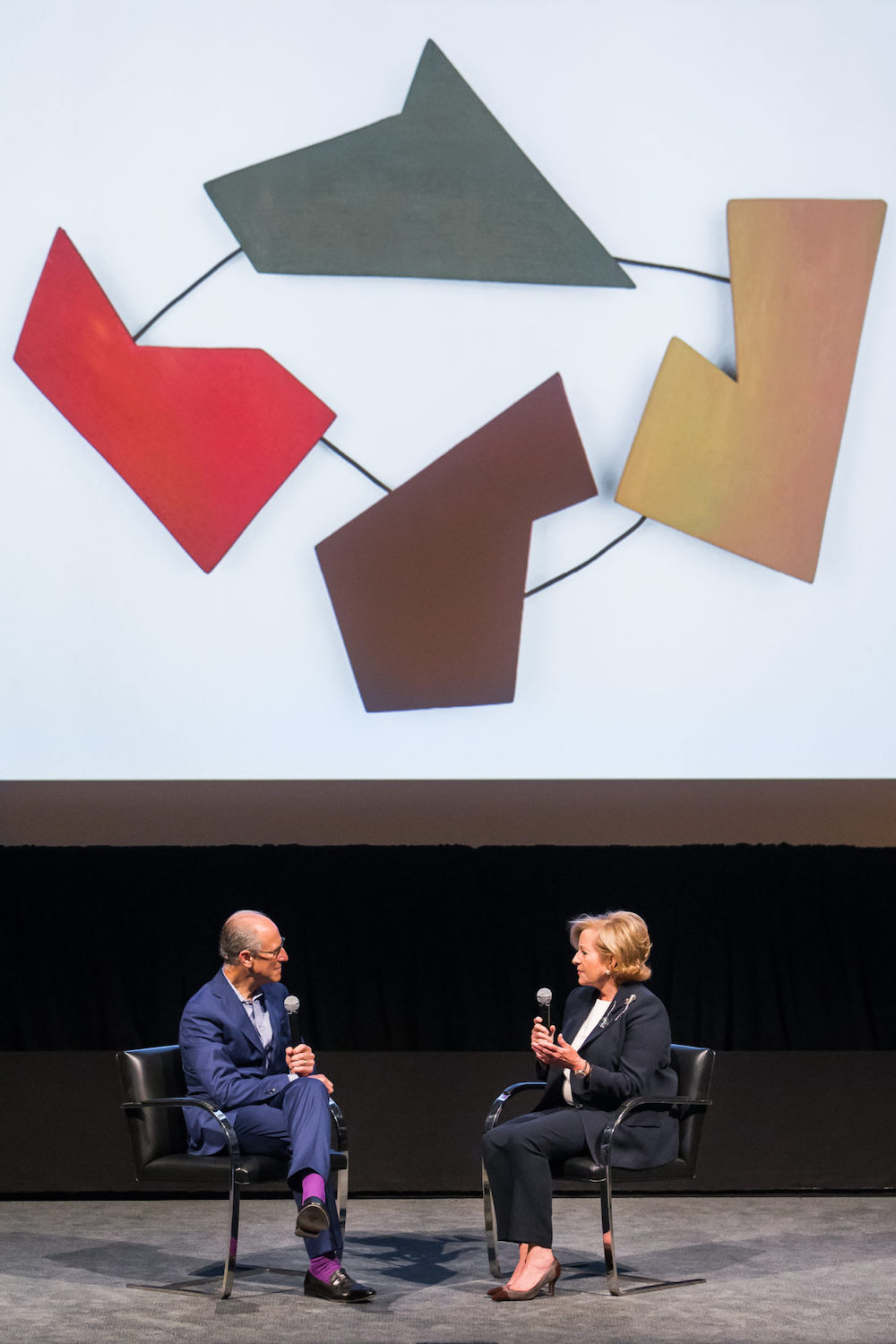
Dorothée Dupuis: You were present in Mexico City with recently hired Museum of Modern Art (MoMA) Director of the Patricia Phelps de Cisneros Research Institute for the Study of Art from Latin America, Inés Katzenstein, during ZONAMACO Art Fair last february, in order to present the donation of a part of the Colección Patricia Phelps de Cisneros to MoMA, as well as the creation of the Cisneros Institute dedicated to investigate the art history of this part of the continent. Also, MoMA will inaugurate a whole new reconfiguration of its historical midtown building, led by architecture firm Diller, Scofidio, and Renfro in collaboration with Gensler which is due to open on October 21, 2019, putting in evidence, among other things, this important donation as well as other conceptual directions for the museum which we will discuss here. To begin, I was wondering if you could remind us how the relationship between Patricia Phelps de Cisneros and the MoMA started?
Glenn Lowry: When I came to the museum in 1994, Patty was already a trustee of long standing. She became involved with the museum through the International Council, which is a group of supporters and friends of the museum from around the world, and was eventually invited to be a trustee. When I met her, I immediately knew she was an extraordinary person, as she wasn’t only a supporter of the museum and a collector in her own right, but through her foundation she was doing incredible work across Venezuela and elsewhere in Latin America. We are a private institution, so the governance of the museum is run by the Museum’s Board of Trustees of 70 members. They are the ones who hire and fire the Director, among other things. Notably, through Patty’s participation on the board, I realized I was deeply interested in trying to find a way to build on the museum’s long history with Latin America, particularly with Mexico. One of the first monographic exhibitions that we did in 1932 was that of Diego Rivera. There was an early commitment by the museum to the Mexican muralists as they represented an important avant-garde, and so from almost our founding—in 1929. I wanted to build on that legacy, which continued until the 50’s. In fact, we were given special funding, in the late 40’s and 50’s, to buy Latin American art—when I say Latin America, I mean Latin America and the Caribbean, from Mexico to Uruguay and everything in between.
DD: It feels that this specific question has been invisibilized. Like there was this mission that started in the 50’s but then was possibly disrupted in the 60’s, 70’s and 80’s by the exceptional dynamism of North American art. Is this what you suggest?
GL: What’s always interesting about MoMA is that its interests were often present very early on but then for various reasons—such as internal arguments, or shifting taste in art—they became suppressed. Part of the project that we’re embarked on now—which will be realized when we open to the public—is to make many of these stories, that had been present for a long time, visible again; to complicate the narratives of modern and contemporary art, rather than to simplify them, as they had been in the 70’s and 80’s as vectored history in Greenberg sense—I call it a kind of Book of Genesis—in which one artist begat another, and that artist begat yet another artist, and so on. What makes modern art interesting is all of the arguments and counter-arguments, ideas that were pursued and abandoned and returned to and revisited and reconceived and abandoned again and then fought over. Part of our gambit in this project is to return the museum to a place where the stories are being told in real time; not as history but with the urgency of the present. Of course, Latin America is an extraordinarily important dimension of that force but it’s not the only one.
DD: At the fair, you mentioned this exactly: the term urgency of the times. Why do you feel our times right now are more urgent? What do you feel are these urgencies?
GL: Our responsibility at MoMA is to make the art that we have on display feel urgent, to return it to the power of its origin: why was it made? What did it mean? Who saw it? Who fought over it? How was it received? How do we understand it today? The present gives us the opportunity to engage with the artist who made the work we display, reflecting the urgency they felt when they made that art. Now some of that urgency is linked to social, political, and cultural issues, but some of it is also linked to a personal vision, the desire to say something in the context of one’s own society. So, if we do our job well, we will embrace the urgency of the present both through the art on display and through our ability to connect that to some larger sociopolitical context we’re all experiencing.
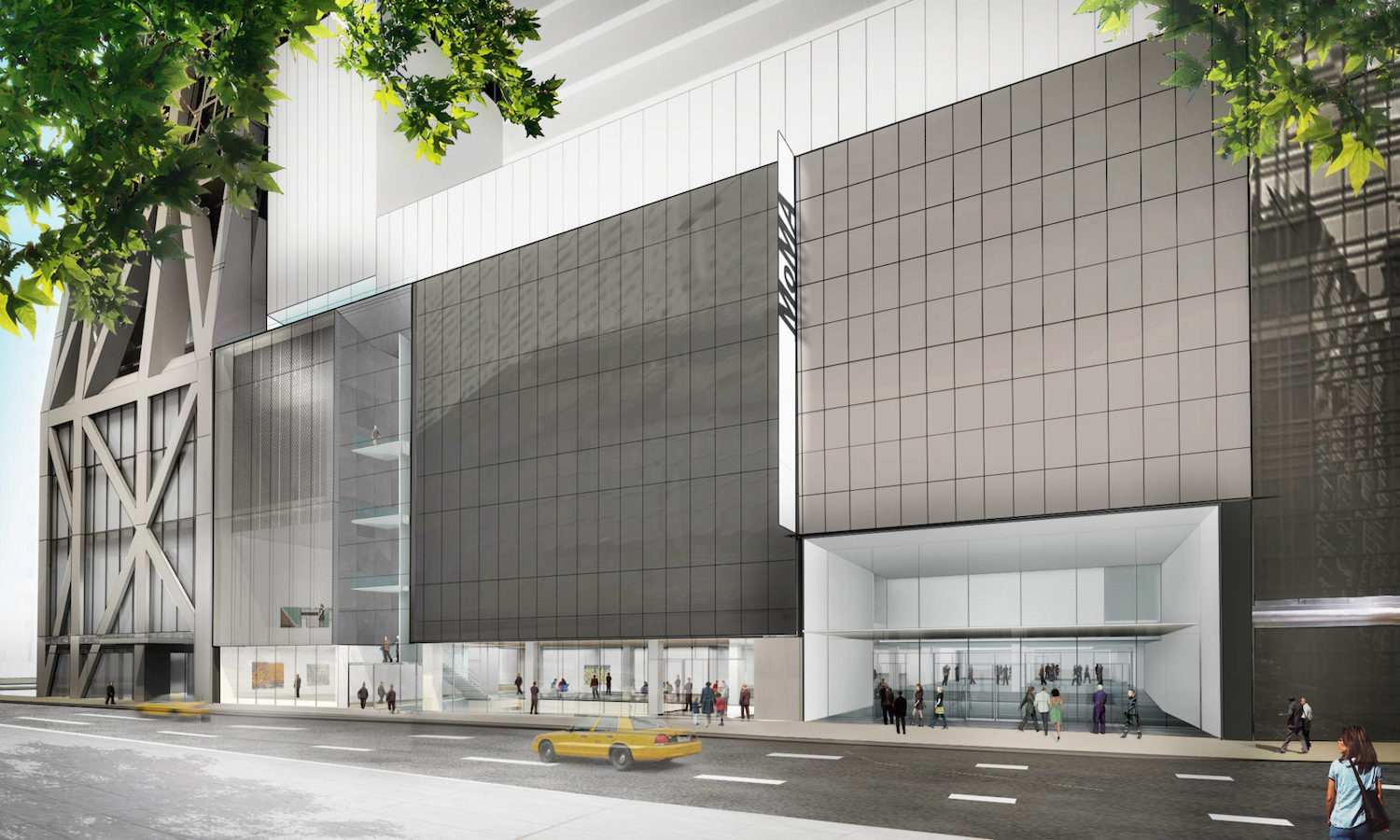
Diego del Valle Ríos: That leads us to one of the questions drafted in this display of objects, of artworks; these discourses that tie them up and present them to the public in a specific context are part of a colonial machine. The museum is a way of creating the coloniality of seeing. It’s orienting certain narratives that are in benefit of a system that is perpetuating this logic of expansion and expropriation. So, how are you assuming the role of the museum of creating meta-narratives which can work towards the reinforcement of coloniality, this modern project of global vision, of multiculturalism?
DD: Let me rephrase this with a term that’s pretty fashionable these days—which I also think is highly problematic: do you feel you have the need to decolonize the MoMA?
GL: This is a profoundly interesting question. There’s a narrative thread through the argument you are proposing that ultimately leads to a conclusion that any action is a form of colonization, and if you believe that then what is the alternative? Perhaps self-awareness? We don’t have the luxury to not do anything about it. Our way to act is to believe in artists and to ensure they have the platforms from which to work. I have spent a lot of time thinking about issues of colonization and decolonization, because my field of study is the Middle East. Which is nothing but a series of colonizations—not all of them European. But my interests run parallel to this, without perhaps addressing it directly in the way you are framing it. Over time, especially the 70’s, 80’s and early 90’s, MoMA became associated with a myth that was never entirely true, which promoted a very narrow cannon that was in my opinion overly restrictive and premature. Thus, it has sometimes been perceived as if we were arguing for a specific cannon at the exclusion of other voices. And I’m not interested in being in the cannon-making business. I am much more interested in the process of discovery, debate, contention and ultimately, conversation. MoMA is its collection—not part of its collection, but its collection in its entirety, a collection that articulates a set of commitments, beliefs and directions that the museum has pursued collectively over the 90 years of its history. It’s like an archive. It has its strengths and its weaknesses, its successes and its failures. I don’t think we have to erase the failures, but rather find new ways to make evident where we made certain sets of decisions and where we didn’t make others. If all museums were identical it would be a very sad story!
DDVR: You mention that the collection is what makes the MoMA. But it seems that the myth around the institution was created because of certain works that were chosen to be exhibited. What percentage of that collection has not been exhibited in a while?
GL: The vast majority. So the first and central gambit of the opening of the new MoMA and the expansion of its exhibition spaces is to change the collection all the time. We will rotate the galleries at roughly 30% in the first year, 30% in the second year, 30% in the third year so that over a three-year period, virtually every gallery will have changed. It doesn’t mean that every work of art will have changed because there are some iconic works of art around which we want to have long term debates. But it does mean that the museum will never be the same. Coming to the museum and seeing the same works of art in roughly the same location won’t happen anymore.
DDVR: Some other important museums are starting to work in that direction too. For example, the MASP (Museu de Arte de São Paulo), under the direction of Adriano Pedrosa, started digging into their collection, notably into the works of Afro-Descendent and indigenous artists that were part of them but were never exhibited. It seems that it’s only until a very short time ago that museums have been questioning their own role.
G.L.: But that’s not true of MoMA. We were a very different place up until the 60’s. You can go online and our entire exhibition history is on view, from 1929 almost until 1990. You look at the exhibitions from the 40’s and 50’s, they were all over the map. And we were often acquiring and displaying works of art from many different parts of the world at the time those works of art were being made. It was during the 70’s and 80’s that there was a shift in the way in which we approached both our collection and our idea of art history.
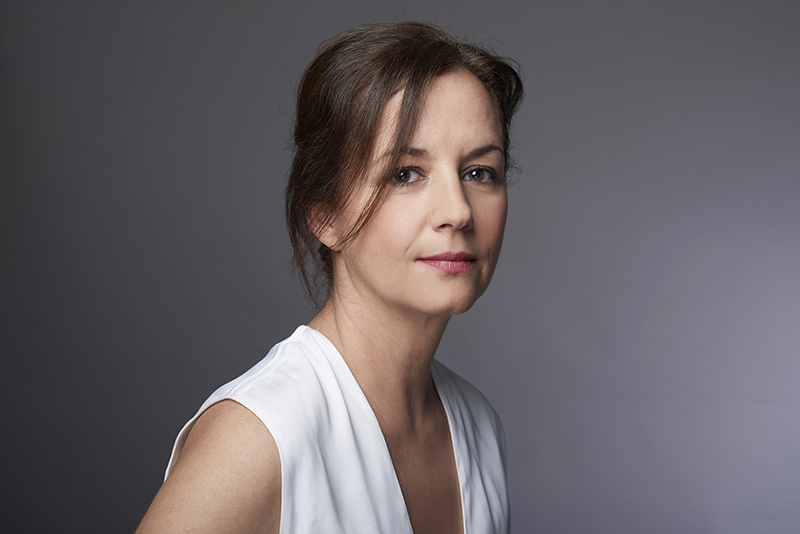
DD: Do you think this shift you’re trying to impulse at the MoMA right now corresponds to a need for the United States to also revise its own position in the world? And in relation to the MoMA, the need for New York to also reposition, rearticulate, locate, situate itself, understand from where it talks, especially in terms of the global art history? Because of course, this universalist/western centric way of thinking of the 60’s, 70’s and 80’s did a lot of damage possibly resulting in the current urgencies of our time you were mentioning earlier.
GL: I’m not trying to avoid what you’re saying, but I want to frame it in the way that I think is important for an institution. We’re a major museum in a cosmopolitan city that has welcomed people from around the world as they were and gave them opportunities to develop new lives for themselves. I think a museum has to reflect the values people believe in. Much of what we’re trying to do is to assert to the best of our ability the values we feel are reflected in the art that is being made today and that we’re privileged to show, and even privileged to own. If that’s a political statement, so be it. But it is driven out of the commitment to the artists that we believe in. And to the public we want to engage.
DDVR: What is the role of the MoMA, one of the most important art institutions creating contemporary imaginaries, in contrast to a government that is taking again the imperialistic rhetoric towards regions that you’re trying to visibilize?
GL: Well, first of all, we’re a private institution. We don’t reflect the government’s interests at all. Positively or negatively. We operate within the private sector, supported by private individuals. We are a research-based institution, and we have tried consistently to work with colleagues from around the world on mutually beneficial projects.
DD: In your conference at ZONAMACO, I understood that following the donation of the Cisneros Collection to the MoMA, and the creation of the Cisneros Institute, Latin America was declared as a sort of cultural priority for the museum. Did I understand that correctly?
GL: I need to clarify that a little bit. We created 10 years ago a research-based program called Contemporary Modern Art Perspectives (C-MAP), whose goal was not to collect, nor develop exhibitions, but to be a forum for colleagues: artists, curators, collectors, critics to network with each other, in New York but also wherever these colleagues were. We didn’t want to embark on a project that was only about the transfer of knowledge and information and objects to New York City or to the United States. It was consciously designed to be much more like a university forum for interested parties to network with each other. So we began by thinking of regions or areas where either because of a historical relationship to the museum—such as Latin America as I explained earlier—or because of a deep interest in wanting to learn more— such as for Eastern Europe and Post-war Japan—we were prepared to make a long commitment to engage with colleagues in those parts of the world. One of the ideas of C-MAP is to recognize that we live in a global world but to make choices about where in that world we can contribute something. Latin America was foregrounded in the fact that we had a long relationship, colleagues and the collection. Eastern Europe has evolved actually after 6 or 7 years to also looking at what’s going on in Russia today. And Japan has moved on to the subcontinent. The people thinking about that Asia shifted their interest now to India, Pakistan, Bangladesh. C-MAP is meant to be fluid but long term. We create building blocks of scholarship and knowledge. Those are as important as the works of art that we acquire.
DDVR: It has become very common between curators, academics and critical people in the art field in Latin America to address how the US art canon mostly recognizes art that is similar to their own. When I was reviewing the description of the C-MAP program, I couldn’t avoid noticing the language it unfolds: global art practices, expansion, multiple modernities… terms that remain totally framed by the Western canon, and even though through C-MAP there’s a pursuit of plurality of perspectives. So what other languages could be contemplated beyond that contemporary art language, that be able to restitute Latin America’s cultural paradoxes in relation to its artistic production, within the activities that will be developed through the Institute Cisneros?
GL: We are all products of where we’re from. We are a museum in Midtown Manhattan, in New York City, in the United States. I don’t believe in such a dispersed regionalism that where you are doesn’t matter. Location does matter. And the articulation of these narratives comes from a point of view. It doesn’t mean you can’t respect other perspectives. But you have to also accept where you start from. So I think what we are recognizing and indeed endeavouring to expand on, is that the language of Western art history—European largely—and the interest of European art history should be, and needs to be amplified, by other art histories and other voices. If those voices occur at the Museum of Modern Art, great. If they occur elsewhere, great too. They don’t all have to be at the same place at the same time. What I think is required is respect and a recognition—that’s what I mean by self-criticality—that we come from a certain place and with that certain place our decisions and our interests are defined by the knowledge we have. I don’t want to pretend that somehow we can snap our fingers and change decades if not centuries of thinking. So yes of course there are practices across Latin America that aren’t even being received in Latin American museums. Getting involved more in Latin America will have us face these same problems: and in a way, we look forward to meeting artists who have a different set of concerns. The goal is to become better and more knowledgeable and to surface as many different positions as we can. But realistically it’s not practical that we can surface all of those positions. I don’t know a place that can or does.
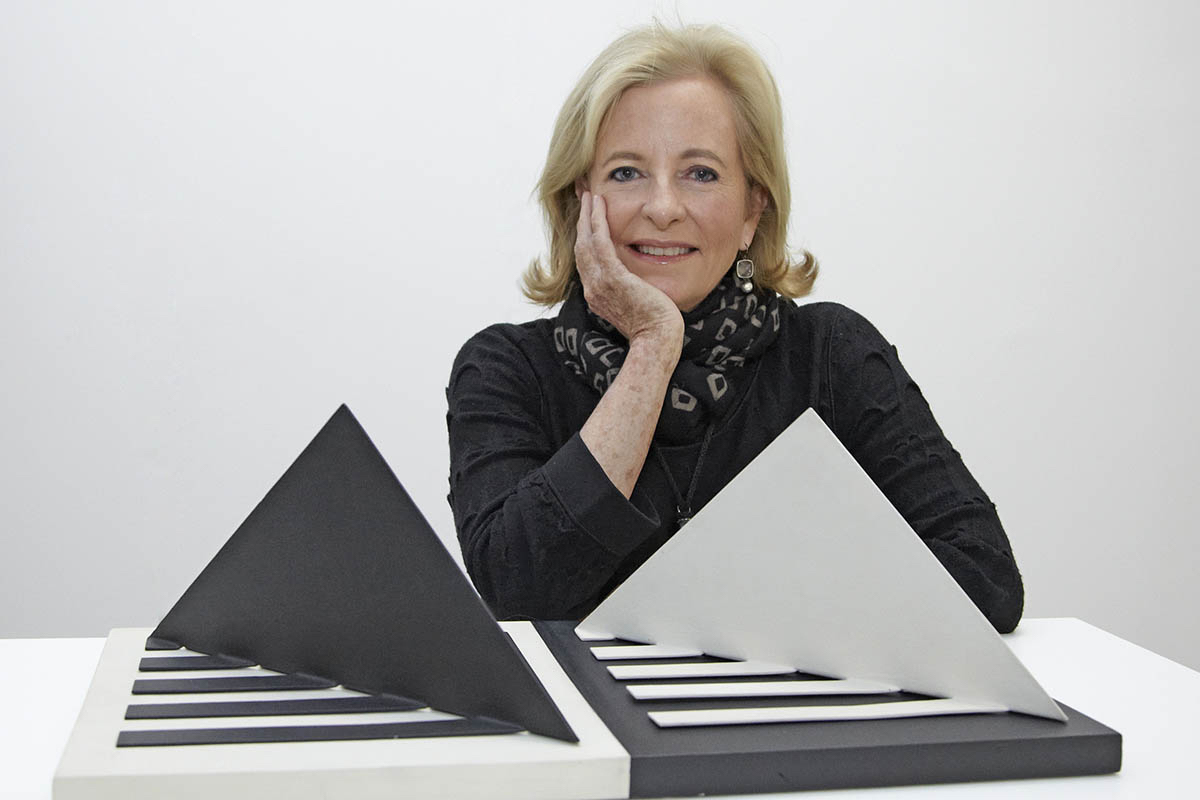
DDVR: The Museo Reina Sofia in Madrid is also focusing lately on Latin America in its program. Of course, Spain has a very different relationship with the continent compared to the US, but this coincidence of two major museums from the Global North focusing on the Latin American region through their own conception of Latin America is something that needs to be questioned.
GL: Well it’s not our own conception of Latin America because the vast majority of participants in C-MAP and including the Cisneros Director are from Latin America. Every curator of Latin American art we’ve had in my tenure—Paulo Herkenhoff, Luis Pérez-Oramas, Inés Katzenstein—are individuals who took the chance of leaving their practices in Latin America to come and work in New York.
DD: As Inés Katzenstein said it the other day, she wants to keep operating from the Southern perspective.
GL: Of course. Much of the Cisneros Institute’s activities will occur in Latin America. So I don’t think it’s only about some Global North perspective of Latin America. I can understand where that’s coming from but I think that’s too reductive. If you take that argument to its logical conclusion one direction is ”everybody does only what they do.” The United States only looks at US American art, Mexico looks at Mexican art, and that’s where that kind of reductionism leads, I think. How would you counter that?
DDVR: I agree, but we have to find other ways of narrating these shared histories.
GL: I’m pushing back because I’m thinking on my feet, but the questions are pertinent. And they don’t necessarily have one answer.
DDVR: They don’t. Specifically with this coincidence of focus on Latin America. I feel, after being constantly reading epistemologies of the South, it feels like, again, there’s this rhetoric of extraction in which the North, and the imperialistic, formerly colonial countries composing it, are trying to understand their own situation through others, but not getting acquaintance of how they get beyond their own perspective.
GL: I get very concerned when reductive rhetoric gets thrown around complicated cultural issues. Because I am actually very interested in questions of decolonization. Not necessarily in any one place, but the problem of colonization creates its reciprocal problem of decolonization and that argument, if you go back to Fanon and foundational narratives, was far more nuanced than what it has become today.
DD: Especially in the New York institutional context.
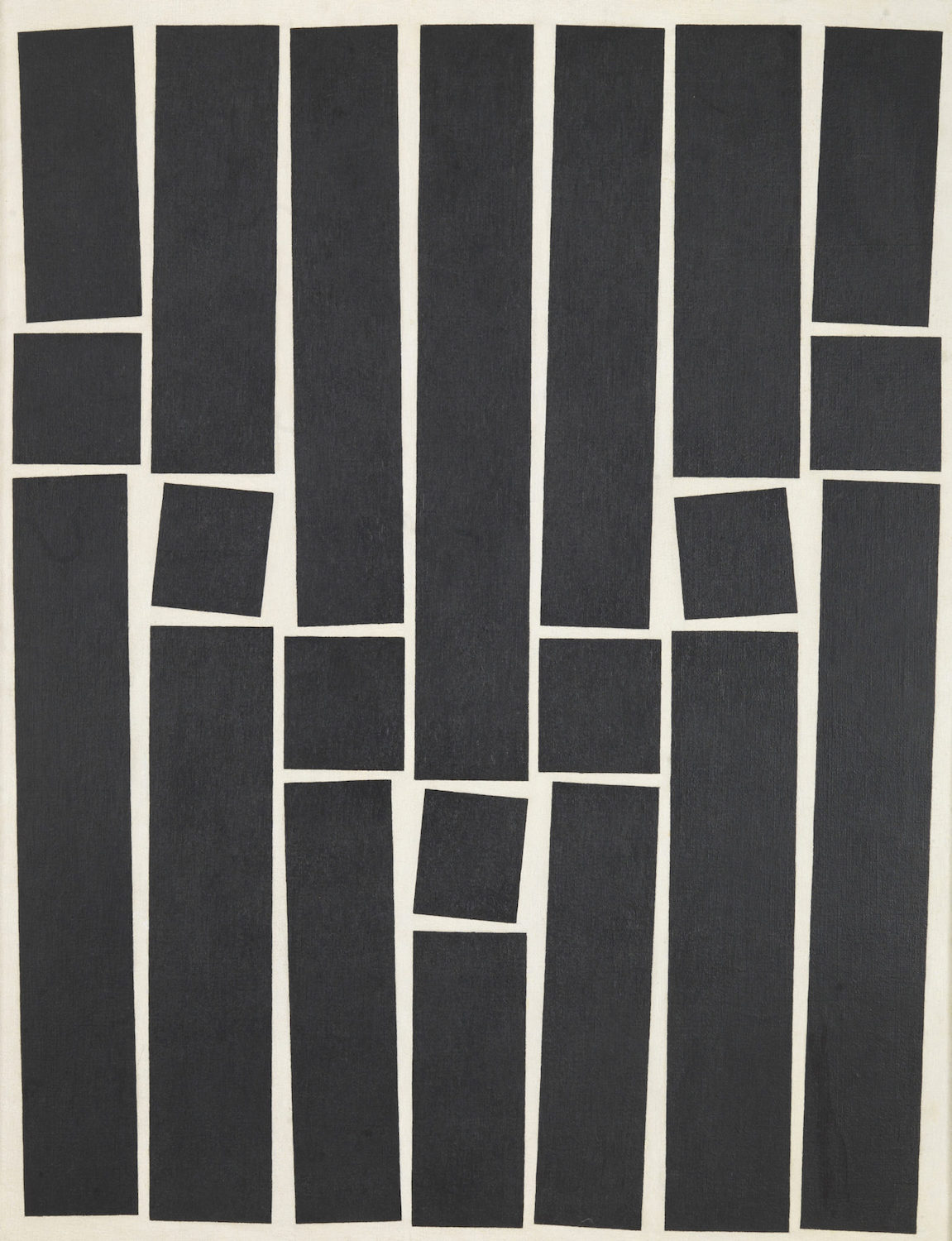
GL: For me, the issue with museums like ours, and perhaps with any museum… We’re fortunate, we’re in a major city, we have access to a great deal of resources, we recognize that. And we carry a lot of responsibility. To me the first issue is self-criticality. To be aware of what we’re doing, why we’re doing it and its implications. And with that self-criticality, to question and re-question what we’re doing and to have both the confidence and the insecurity—they go together—to change. To try and do things in different ways and perhaps better ways. Knowing that it’s a work in progress. And what we are today will not be what we are in 20 years, I hope. Does that make sense? It doesn’t address entirely all the issues that you’re raising. In some of them, I’m not even sure the museum, any museum, is actually the right place and certainly not the only place in which those issues get addressed. I think what Adriano Pedrosa is doing at MASP is fascinating, but he can do that from a very particular location. What we do, I hope, will be equally interesting but it will come from a different location. And carry with it a different perspective from what the Reina Sofía does from its location. But we are also engaging in what’s happening in the Middle East and the subcontinent as well as Eastern Europe. So, it is by definition a pluralistic position, and yes, of course, the art and the artists we are drawn to are likely in the first instance to share some common concerns. But surely not in every instance. And what that will look like as we build texture remains to be seen.
DD: Do you feel this direction polemical with your Board of Trustees?
GL: Of course it’s polemical—even within our own staff. You know, it’s taken a long time to move to the position we’re currently in. And we’ve moved there because a majority of our curators and trustees are now open to this conversation in ways that they weren’t necessarily 20 or 30 years ago. You know, institutions, I think institutions on the whole, should not move at breakneck speed. We want them to be there to be critiqued. To stand for something against which we can have counter-narratives, but we also don’t want them to be frozen and oblivious to the intellectual life in which they participate. So there’s going to be a tension between many of these issues. Sometimes these tensions will explode and discussions won’t end up in some formal agreement, but both parties can end up being affected by the other. And that’s what I’m interested in ensuring that those encounters can occur in a productive way. Crises are interesting, they surface big issues.
DD: It’s something then you seem to have gotten right about Latin America a geography that has been operating in crises for many years, where some form of stability is inevitably found in order to survive. So I guess we can say, welcome to the club! Thank you so much for having answered to our questions.
GL: Thank you Diego and Dorothée, I hope to have the pleasure to see you at the MoMA on October 21st.
Comments
There are no coments available.